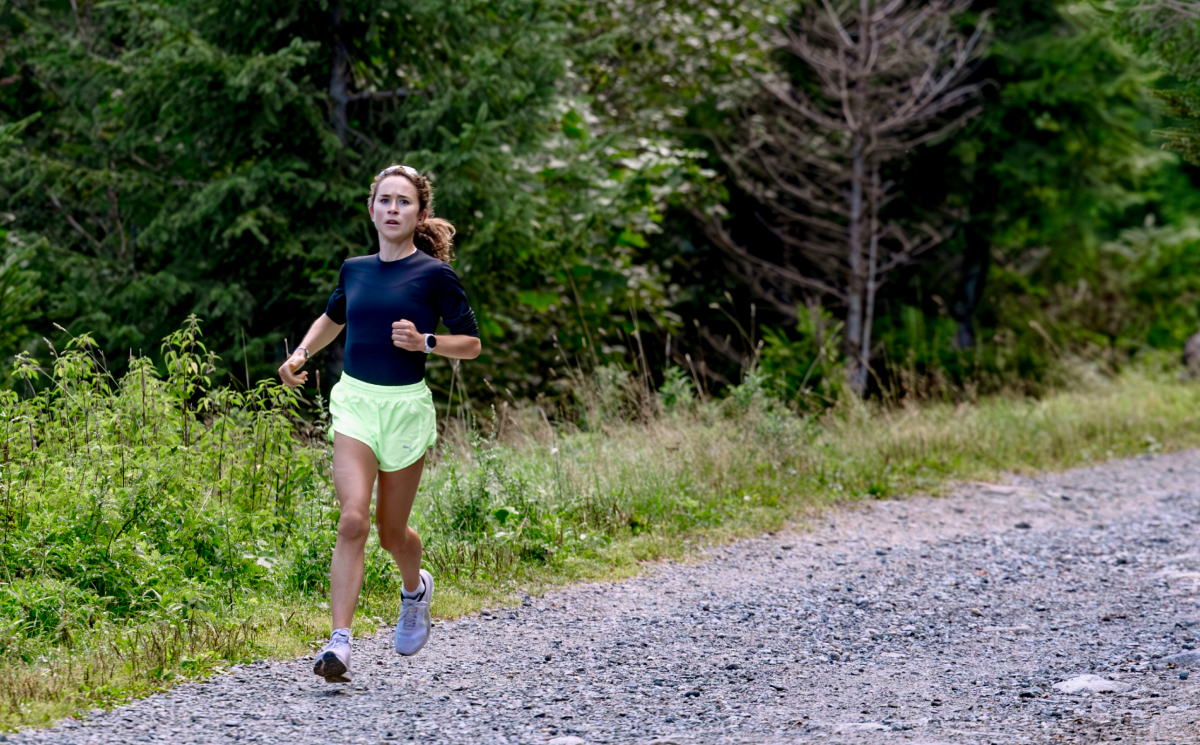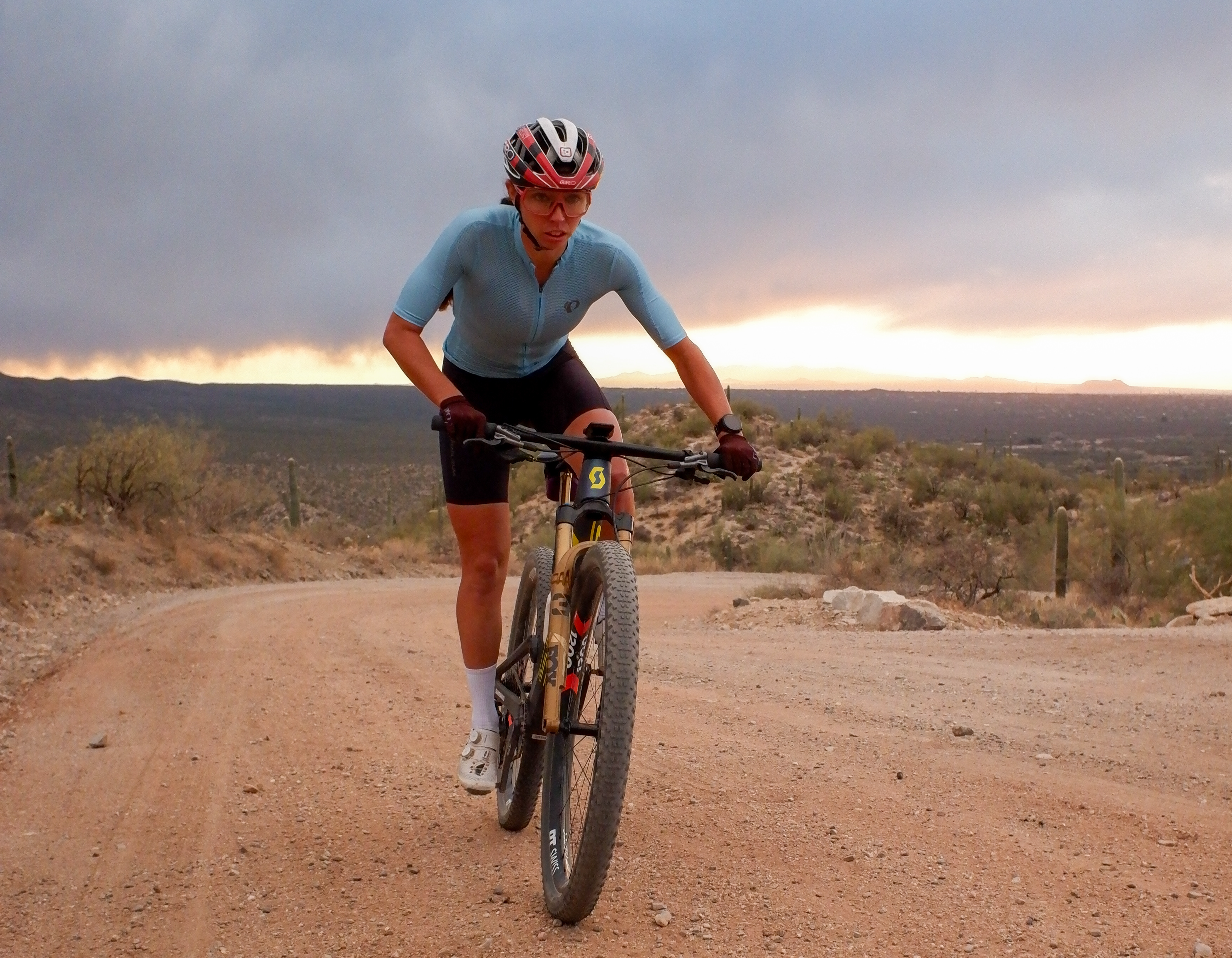As part of our COROS Coaches service, we have received questions about safely adding intensity into training. Below, you will find our coaches' insight on hill strides and a workout to download to your watch.
What Are Hill Strides
Hill strides can be a powerful tool in a runner's training plan. They offer a unique and challenging way to improve strength and speed with less risk and impact than running flat. A hill stride can be added in the middle or the end of an easy run, running 20-30 seconds uphill progressively pushing the pace and then running easy downhill for recovery. It is important to note this is not a sprint and runners should ease into the stride with the goal to finish strong.
How to Incorporate Hill Strides into Your Training
Below you will find two new stride hill workouts for you to do based on your fitness level:

Beginner hill strides workout.
- Return to High Intensity Training: Hill strides are beneficial in the initial stages of the season, serving as a foundational step before advancing to more rigorous and extended training sessions. They effectively prime the body for later periods of high-speed running.
- Choose the Right Hill: Select a hill with a moderate incline to start. As you gain strength and confidence, you can gradually increase the steepness of the hill. Ensure the surface is safe and free from obstacles.
- Warm-Up Thoroughly: Prioritize a dynamic warm-up and easy running beforehand to prepare your muscles for increased intensity. Strides can be placed in the middle or at the end of your run.
- Start Gradually: Begin with 30 seconds of uphill running 5-6 times, followed by a downhill recovery jog. Focus on maintaining good form and a controlled pace. You can eventually progress to 40 second hills and also increase the incline of the hill.
- Frequency: Runners can incorporate strides, whether on hills or flat terrain, into their training routine 1-3 times a week. These short bursts are effective after easy runs, before workouts, and preceding long runs, offering a beneficial light turnover that can even be included the day before a race.

An example of adding hill strides into a run.
How Can Hill Stride Help Your Training?
Hill strides lasting 30-40 seconds offer several training benefits for runners:
- Power and Strength Development: Running fast uphill engages major muscle groups, such as the quadriceps, hamstrings, and glutes, leading to increased strength and power.
- Improved Running Economy: Hill strides promote better running mechanics by encouraging a more efficient stride. The increased resistance helps runners focus on maintaining a powerful and controlled form, translating to improved running economy on flat surfaces. Analyze your running mechanics better with COROS POD 2.
- Speed Development: Hill strides at a high intensity mimic the demands of sprinting. By incorporating these short bursts into training, runners can improve their speed and develop the adaptations necessary for faster running. Strides are great for early season running before adding in more intensity later on.
- Injury Prevention: Running fast uphill typically involves shorter strides, reducing the impact on joints compared to longer strides on flat terrain. This can contribute to injury prevention, allowing for effective training without excessive stress on the body.
- Practice Good Form: In uphill running, focus on maintaining an upright posture with a slight forward lean, take shorter and more frequent steps. To engage the glutes while running uphill, focus on driving through the hips and pushing off the ground with each step.

Molly Seidel running on hilly terrain.
Hill strides are an effective training tool that can elevate your running performance. By incorporating them into your routine, you'll not only build strength and endurance but also prepare your body to run fast later on. Embrace the challenge, conquer those inclines, and watch as your running capabilities reach new levels.
/fit-in/0x18/coros-v2/images/common/logo_black.png)





